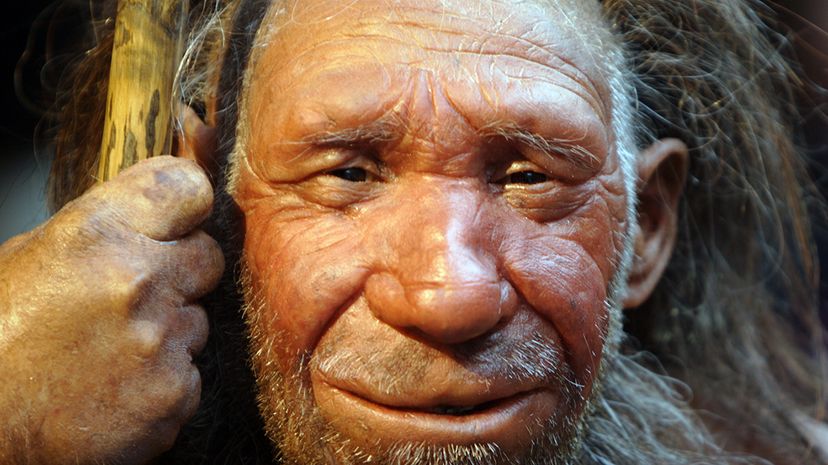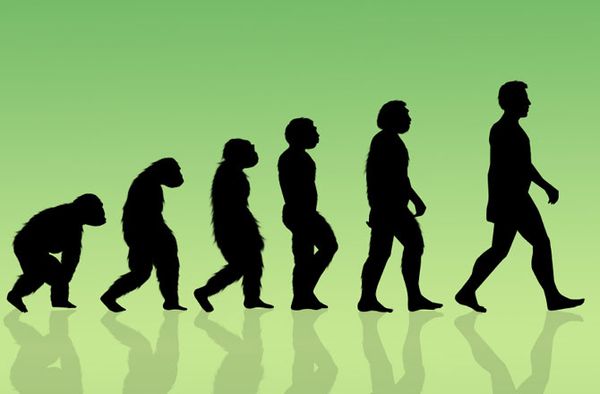
Ask someone to describe what "ancient man" looked like, and most people will probably come up with something that looks like that Geico caveman. Of course, the timeline of human evolution is much more complicated, and includes many twisting and turning branches that still have scientists stumped.
To really understand how man evolved, we'd have to go back in time a few million years and explore the lengthy line in human evolution. Put simply, though, we're really just tracing modern humanity to three sources: Homo sapiens, Neanderthals and the relatively recently discovered Denisovans. But what about other ancient cousins of man? We also carry traces of their DNA. Stuff They Don't Want You to Know hosts Matt Frederick and Ben Bowlin dig into man's family tree to see if there's truth to the legends of giants and gnomes in the podcast episode "Were There Really Lost Races of Man?"
Advertisement
Homo sapiens is the species in which all humans today belong. Neanderthals, which were first discovered in the Neander valley in Germany, belong to the Homo genus. They are thought to have died out 40,000 years ago. When our modern human ancestors migrated from Africa across Eurasia, they met and interbred with Neanderthals, who evolved outside of Africa, completely separated from our direct predecessors. Most people living outside Africa today, including our hosts Matt and Ben, have a small percentage of Neanderthal in their DNA.
Evidence of Denisovans was uncovered in 2008, in a Siberian cave called Denisova. Very little has been determined about the Denisovans, but what we do know is they lived around the same time as the Neanderthals and humans, and were physically larger than both. The teeth found in the cave were mistaken for bear teeth until testing revealed them for what they were: another species of human never before seen.
That much the scientific community can agree on, but there are other discoveries that are highly contested. For example, the Red Deer Cave people in China. This is the most recently discovered extinct prehistoric humans found, and scientists believe they died out around 11,000 years ago. Despite their relatively modern dating, they have certain archaic features, leading some scientists to believe that they represent a different species of ancient man. However, others are skeptical, arguing that the physical features could just be evidence of interbreeding between modern humans and Denisovans, or that the features are well within variations expected in our species.
Scientists clash, too, on the Homo floresiensis, nicknamed "hobbit." The skull of a female found on the Flores island is less than one-third the size of the skull of modern humans. She also existed thousands of years after Neanderthals died out, and the paleoanthropologists who found her think she's from a different species of archaic humans. But it's been argued that these remains are from Homo sapiens, who, after becoming stuck on the island, underwent "insular dwarfism" over hundreds of thousands of years, growing smaller to help them survive. Since then, however, the hobbit team has found fragments from nine different people on the island of Flores, leading them to believe even more strongly in their theory of insular dwarfism.
The more we discover about ourselves and our ancient predecessors, the more there is to know. To hear more about these fascinating discoveries, press play on the podcast player and let Matt and Ben be your guides through the stories of these ancient peoples.
Advertisement
